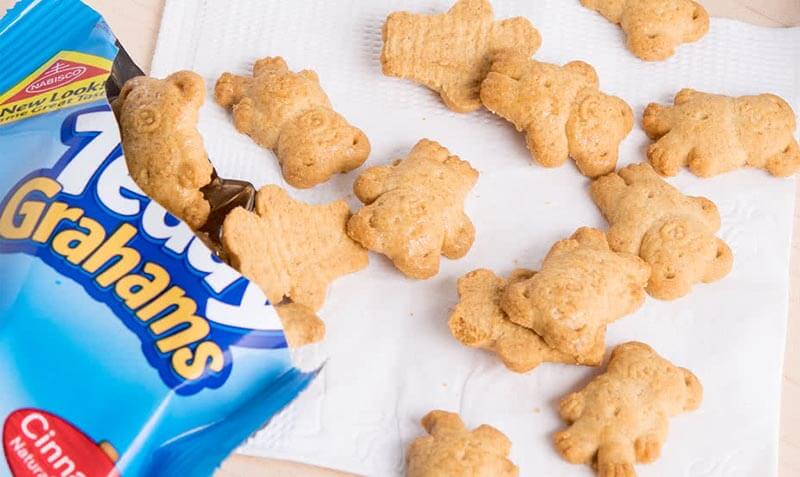
Explain, in your notebook, how you decided which illustration represents the most recent pocket mouse population and why you positioned the others in the sequence as you did. You should have 2 lists with four illustrations each (Location A and Location B). Indicate your order in your lab notebook. List the illustrations in what you think is the correct order from oldest to most recent. Record your counts in your lab notebook using the example below: Location A (picture#): number of mice with light fur _ number of mice with dark fur _ Location B (picture#): number of mice with light fur _ number of mice with dark fur _ 4.

Using the pictures on the following pages, count the number of light and dark mice present at each location at each moment in time. d) Why are “mutations random but natural selection is not”? 3. c) Is the following statement true or false? “The appearance of dark-colored volcanic rock caused the mutation for black fur to appear in the rock pocket mouse population.” Justify your answer. Answer the following pre-lab questions: a) What is a mutation? b) Is the following statement true or false? “The same mutation could be advantageous in some environments but a disadvantage in others.” Justify your answer. Watch the video titled “Natural Selection and Adaptation” that is on the class website. NOTE: The images are numbered but are out of order. Each illustration shows the color variation at two different locations, A and B, at a particular moment in time over a period of several hundred years. The illustrations on the lab tables represent snapshots of pocket mouse populations. Here and there, however, separated by several kilometers of light-colored substrate, are patches of dark volcanic rocks that formed from cooling lava flows. Most of the landscape consists of light-colored sand and rock. Similarly, there are two major colors of substrate, or surface materials, that make up the desert floor. There are two common varieties-a light-colored variety and a dark-colored variety. What’s so special about these little mice? Populations of rock pocket mice are found all over the Sonoran Desert in the southwestern United States. Their impact on science, however, has been enormous. A typical pocket mouse is just about 170 millimeters long from nose to rump, shorter than an average pencil. And it's just a good feeling to know that those things are going into their lives and they get to enjoy them.The Making of the Fittest: Natural Selection and Adaptation Color variation over time in rock pocket mouse populations Introduction: The tiny rock pocket mouse weighs just 15 grams, about as much as a handful of paperclips. When I sell a spoon and you know it's a really satisfying feeling just to know that there's all these people out there getting these things I've designed and I've worked on it makes you it was just perfect before they left here. All the colors you see on the words are just their natural colors, Bloodwood, Mexican Ebony Jatobá and Hard Maple, so I don't color the wood at all I just soak them in a bath of clear food-safe mineral oil and that just enhances their natural color. And I just love the idea that this stuff's gonna be around that long, people are gonna love it that much. And it's like one of their favorite things in the kitchen. I love making products that are going to stick around that long and I know how people love a wooden spoon and just cherish it. They're made to last generations that's what it comes down to. There is a lot of ways that heirloom quality comes across my products. A lot of them are just really simple and simple is quite often the best, you know. I like a more minimalist kind of modern simple thing with tight straight grain that comes across in the woods I've chosen and the design of the products that I make. You know whether it's this little tiny corner sharp or they have a tiny radius or how thick is it, how does it feel in your hand. Like if I'm at home cooking a meal I try to step out of the meal and look at it from my analytical engineering side that I've learned from years of being a design engineer. I'm a mechanical engineer by trade and by train, when I design a product I start with a function that I want the product to be able to handle and I design around the function and whatever the product ends up looking like that's what it looks like. If it doesn't meet my standards I don't let it get out of here. I strive for quality in every single aspect of what we do, I mean with wood choice, the designs that I've come up with. My name is Brad Bernhart and I'm the owner and maker here at Earlywood, where I design and make heirloom quality wooden kitchen utensils.

(laughs) That's not a good enough reason to make wooden spoon to look like a spoon. I don't make wooden spoons that look like wooden spoons, because wooden spoons have always looked like wooden spoons.


 0 kommentar(er)
0 kommentar(er)
